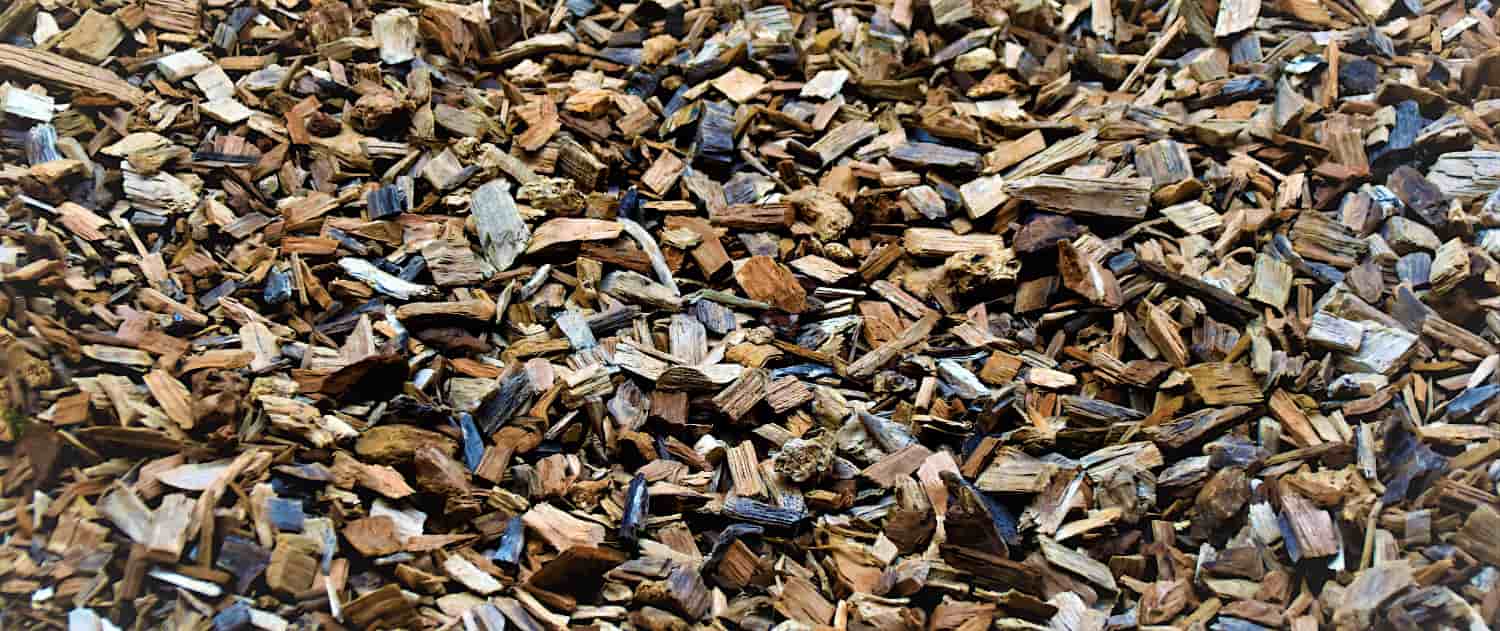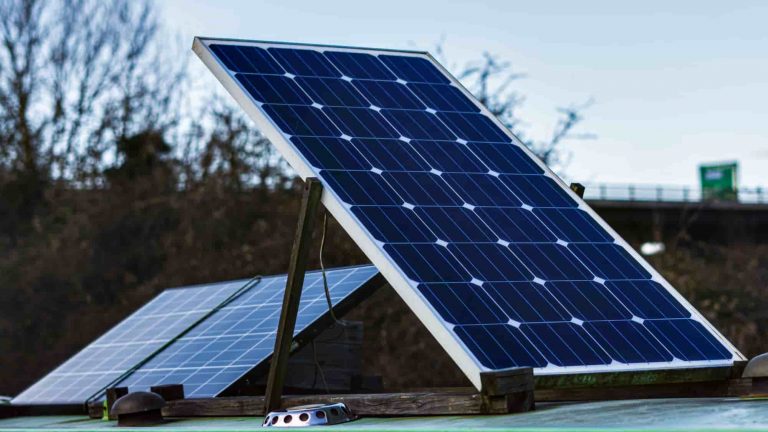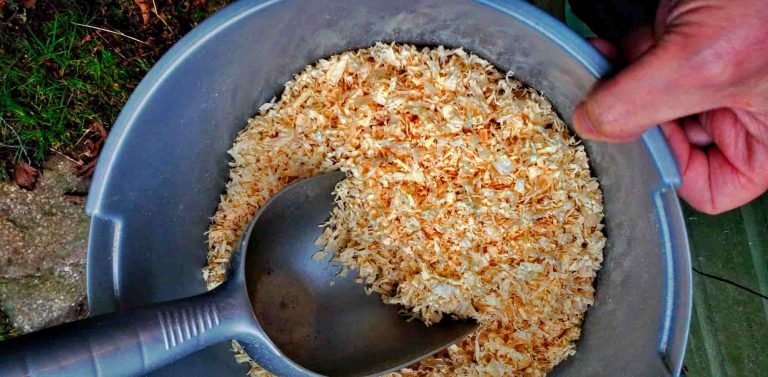Reducing Nitrates from urine with a Woodchip Bioreactor
Allowing small amounts of urine to be discharged into the ground, through a soak-away pit, is the usual way of dealing with the urine output from urine-diverting compost toilets.
In the UK, specifically England and Wales, the Environment Agency, permits discharges to ground of up to 10 litres per day (with certain provisos) as part of an exception clause or what’s known as ‘de mimimis’. In other words, the amount of discharge is so small (in relative terms), that the ground can ‘cope’ with this discharge with no adverse effects, so you don’t need a specific permit. Please be aware that local regulations (such as nitrate neutral zones) can override the ‘de mimimis’ exceptions.
Using this exception clause is how most domestic or small commercial (ie camping/glamping site) users are able to have compost toilets that separate urine. Without this exception, you’d be potentially looking at expensive drainage/leach fields for what is, in reality a small amount of liquid discharge.
Why are nitrates a problem?
One of the substances that is present in urine is nitrates, and it’s this that is coming under increasing scrutiny in terms of pollution in water. Nitrate run-off from fields (where it is applied either directly as a fertiliser, through the use of animal manures or via intensive grazing) is a problem because the nitrates are water soluble and when there’s too much, they end up running off with rain etc and go into ditches and ultimately waterways.

Once in water courses etc, by their nature they can promote algae growth to the exclusion of all other aquatic life, substantially altering the ecology of the river or waterway.
In simple terms, too much nitrate is getting into our waterways and this is a big problem! In addition to the aforementioned run-off from fields, there’s also a huge amount of untreated raw sewage ending up in our rivers – sometimes legally, other times not so. It’s a huge subject area and one beyond the scope for me to discuss here, but do check out the documentary ‘Rivercide’ [ https://rivercide.tv ] made by Franny Armstrong and presented by George Monbiot for a better understanding.

Even though you might be looking at a very low discharge amount from a compost toilet, it makes sense to minimise the amount or the effects of nitrate discharge, even if you are only dealing with a very small amount of urine.
Can’t we just pee on the ground, like other animals?
Small amounts of urine are fine, so yes, we can pee on the ground like other animals. It becomes a problem when done at scale – you’ll get the build up of nitrates, urine salts and potentially have other issues, depending on the volume and regularity of discharge.
I’ve had a fairly heated discussion with someone who couldn’t see what the problem was tipping the urine from their compost toilet into the canal. Sure, as a one-off, whilst I consider it irresponsible, it won’t make a jot of difference, but what if everyone did the same? Suddenly the scale of discharge becomes an issue.
We need solutions which work in the long term as well as the short term and think beyond ‘me’ and start to consider our community which includes human and non-human inhabitants.
What can you do to reduce the nitrate level?
Complete nitrate removal is a potentially complicated and expensive process, however it seems that running the urine through wood chips can reduce the amount of nitrates by between 15% and 50% and possibly more.
What happens is that a specific type of bacteria starts to colonise the wood chip – this bacteria loves both wood chip and nitrates (how wonderful!).
The wood chip trench is known as a wood chip bio-reactor because as the liquid passes through, the chemical bond of the nitrate is broken by the bacteria, releasing the nitrogen molecule to the air.
This is being done at scale on farms that are experiencing high nitrate levels in field run-off. On a smaller scale, a friend of mine who runs an organic, no-dig market garden runs surface water run off from a neighbours field into a series of ponds, one of which is filled with wood chip, to help remove nitrates.
Can it be done at small scale with a urine diverting toilet?
The simple answer is that I don’t know – yet!
Next year (2024), if I have time, I would like to trial a small scale system, possibly using a small (20 litre) plastic tank or other container to hold the urine and wood chip. Whilst I expect the nitrate concentration to be high (relative to field run off), the volumes of liquid I generate will be quite low.
I don’t know whether undiluted urine (as opposed to surface water run off) would provide a hostile or good environment for the required bacteria to reproduce and do their stuff.
At this stage, I’m looking at nitrate testing gear and can see options range from reasonably inexpensive paper test kits, through to electronic solutions. I am very limited by budget, but if anyone has any experience of these and would care to offer advice or opinion, I’d be keen to listen. I suspect most of the paper test kits are geared towards low concentrations, so might be no good for measuring the pre-treatment levels.
In simple terms, I would expect to measure the nitrate concentration of urine/liquid entering the system and then measure it again as it leaves. Repeating the test over several months should show how quickly the wood chip bioreactor starts working, and conversely when it’s effectiveness reduces.
This data could help create a useful guide of the overall effectiveness of a small scale wood chip bioreactor in terms of nitrate reduction, could indicate the likely nitrate reduction, and key maintenance metrics for operators, such as when the woodchip would need replenishing.
Starting next year I will hopefully report on the design and effectiveness of this process, but please get in contact if you’ve already done something like this – no point reinventing the wheel!









